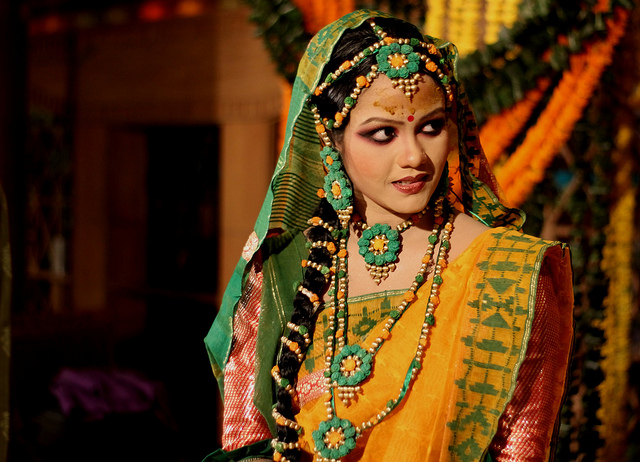People’s Republic of Bangladesh is the eighth most populated country of the world with an emerging economy located in South Asia. Most of the territories are being dominated by the low-lying Ganges Delta. Commonly known as Bangladesh, has thousands of years old civilization, when the region was inhabited by the ancient Dravidian, Indo-Aryan, Tibeto-Burman and Austro-Asiatic peoples. This region was also known to the then progressive Greeks and Romans and they called it as Gangaridal (Nation of Ganges). The Bengali people rapidly started to accept Islam in the seventh century when Arab merchants and preachers stepped in the region. Bengal was once considered as the richest region of the Indian subcontinent till the16th century.

In the eighteenth century when British East India Company was founded in the Indian Sub-continent, the region also passed through the European cultural influences, particularly of the British. In 1947, when partition of India took place, the eastern part of Bengal having Muslim majority became the part of Pakistan and it was named East Pakistan. In 1971, a resistance movement against Pakistan was started and the country gained independencefrom Pakistan on 16 December 1971. The purpose of describing all this in a very short prolegomenon is to make you understand that Bangladesh has a rich, diverse and gloriouscultural heritage having so many historic influences.

On the wedding day, the Bangladeshi bride is dressed up in a bright, colorful and traditionally red costume along with magnificent jewelry. On the other side, the groom also wears a unique but elegant dress along with a turban-style hat. One popular trend right now is the bridal katan, which is a very traditional wedding saree. Katan sarees have a silky base with gold or silver zari work all over the saree. Brides often wear multiple heavy gold necklaces, big earrings, head jewelry, and lots of gold bangles.

Some Bangladeshi brides prefer to wear Lehenga Choli or Ghagra Choli on their wedding day which is normally available in different reddish shade. The blouse which is used with Lehenga Choli is normally having a deep “V” cut neck and another connected outfit is known as “Dubatta” which is prepared with netted embellishments. Lehenga Choli or Ghagra Choli is normally prepared with heavy embroideries and spectacular designs. This costume is not only worn by the bride but some female wedding guests are also dressed up in this formal outfit.

The bride’s family then gifts the groom with the wedding attire, which includes a ‘jore’ (silk shawl), ‘dhoti’ and ‘topor’, a headdress made of pith and zari. The groom must wear these items for the duration of the wedding rituals.

Ful shôjja or Phul Shujja is the celebration of consummation night in which the bed is prepared with lots of flowers. The bride wears a lot of floral ornaments that add the beauty in her appearance in a pure traditional style.

As the heat and humidity are permanent features of Bangladeshi climate, a light fabric known as “Lungi” is the favorite choice of Bangladeshi men which is normally sewn into a tube shape like a skirt. As mentioned earlier, spectacular tartan cotton, batik, or silk lungis are also often presented as wedding gifts to the groom in a Bangladeshi wedding.


For more interesting posts with the same subject on the Lovely Planet Website, please click the following links;
The combination of the traditional male lungi and kurta is also called Punjabi or Panjabi. Men also wear the Fanjabi, or ‘Kabuli‘ which is a name that refers to the Salwar Kameez. A shorter version of Kurta is known as Fatua which is also in fashion in Bangladesh, particularly in the youth.

In some regions of Bangladesh, Dhoti or Dhuti is equally popular in men, which is usually white or cream in colour. This garment is worn at all cultural occasions and traditional ceremonies. Cotton dhotis suit the climatic conditions in the country for daily usage.

In the nutshell, traditional dress of Bangladesh which is indeed so awesome in its nature and kind is a phenomenal part of Bangladeshi culture and heritage. It overall reflexes the assimilated influences of different civilizations, religions and customs.

bangladesh nationalwww.gogle.bd.or

No comments:
Post a Comment